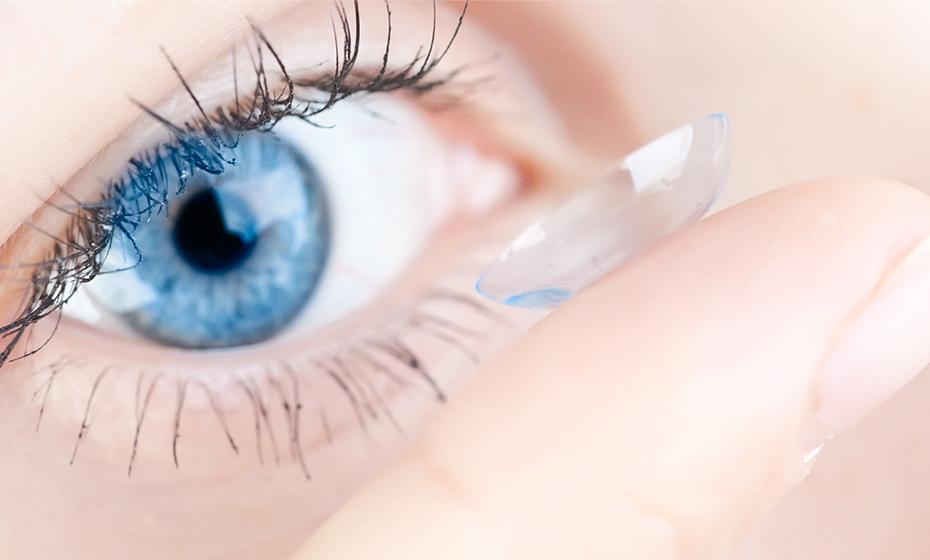
Tear-Based Biofuel-Charged Contact Lens Battery
Synopsis
This technology introduces a thin, flexible battery for smart contact lenses, charged by tears. Using enzymatic reactions and a glucose-based coating, it generates electricity, blending biology with technology.
Opportunity
Smart contact lenses have advanced from simple vision correction devices to multifunctional tools for health monitoring, drug delivery and augmented reality. These applications require a reliable power source. Conventional batteries are too large, rigid and require frequent recharging, compromising user comfort and convenience. There is an opportunity to develop a new type of battery that integrates into smart contact lenses and charges with biofuel during storage or wear. This battery would be small, flexible and biocompatible, using the eye’s natural resources, such as tears, to generate electricity. This innovation would eliminate the need for external power supplies or frequent battery replacements, enhancing the user experience.
Technology
This tear-based, biofuel-charged contact lens battery powers smart contact lenses using biofuel. It consists of two electrodes, a cathode and an anode, embedded into a contact lens. The cathode is made of a conducting polymer, such as polypyrrole, reduced by biofuel such as glucose. The anode, made of a metal oxide, such as manganese dioxide, is oxidised by an enzyme, such as glucose oxidase. A thin layer of electrolyte, such as sodium chloride solution, connects the electrodes, allowing the flow of ions. The battery charges by biofuel during storage or wear, either in a glucose solution or through exposure to tears. The biofuel reacts with the enzyme at the anode, producing electrons and hydrogen peroxide. Electrons flow through the external circuit to the cathode, reducing the conducting polymer, while hydrogen peroxide reacts with the electrolyte, producing oxygen and water. The battery can also be charged by an external power supply if needed. It provides a discharging capacity of 45 μA cm2 and a maximum power of 201 μW cm2, verified over 15 cycles.
Applications & Advantages
Applications include:
- Health monitoring: Tracks glucose levels in diabetic patients, alerting them to abnormalities.
- Virtual reality: Tracks eye movements to enhance user immersion.
- Augmented reality: Provides overlays for information or entertainment in everyday life.
Advantages:
- The battery is thin and flexible, which enhances comfort and safety.
- The battery is biocompatible, deeming it safe for long-term use in the eye.
- The battery can be charged by tears or saline solution, eliminating the need for external power supplies or frequent replacements.














/enri-thumbnails/careeropportunities1f0caf1c-a12d-479c-be7c-3c04e085c617.tmb-mega-menu.jpg?Culture=en&sfvrsn=d7261e3b_1)

/cradle-thumbnails/research-capabilities1516d0ba63aa44f0b4ee77a8c05263b2.tmb-mega-menu.jpg?Culture=en&sfvrsn=1bc94f8_1)














